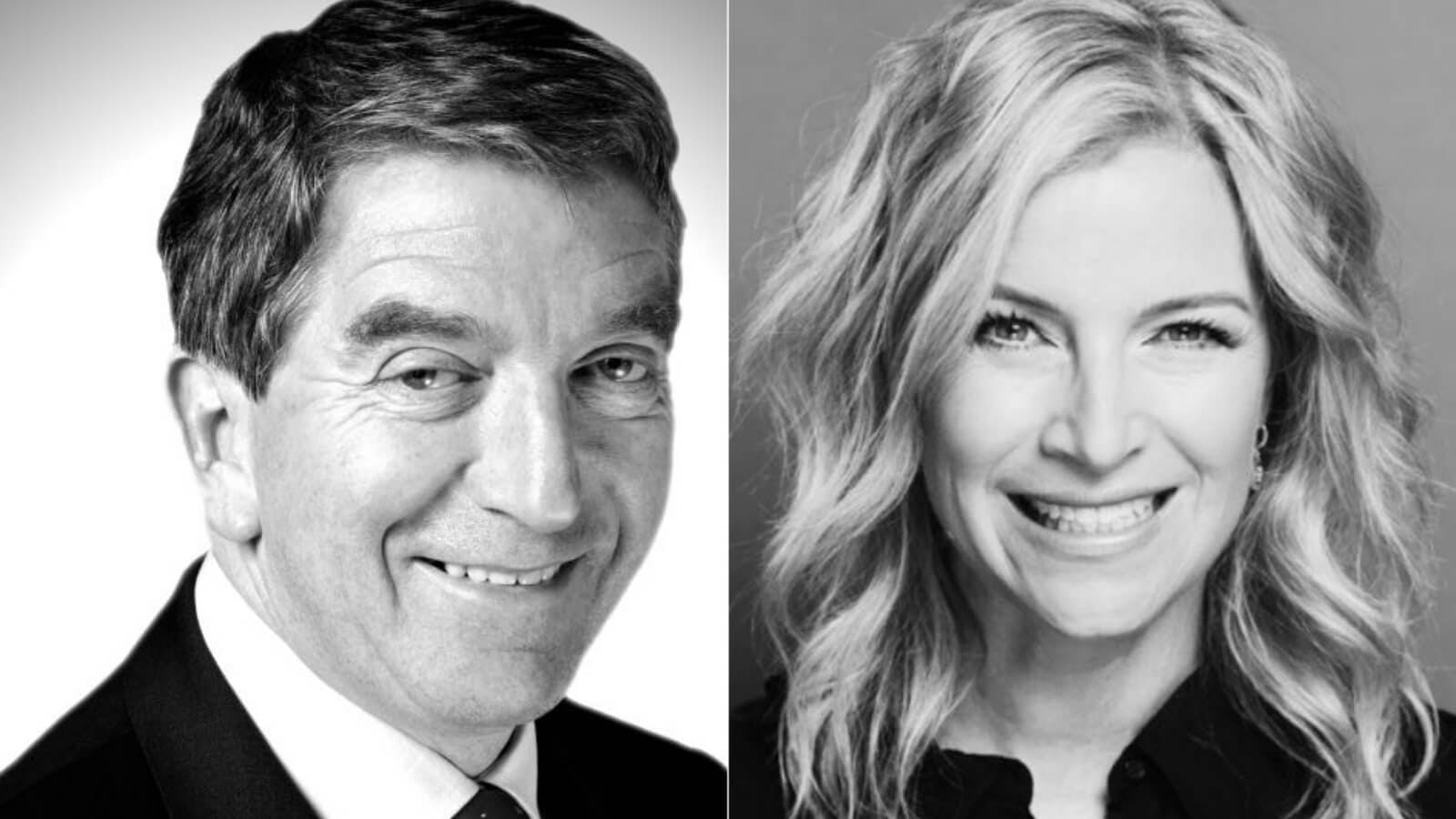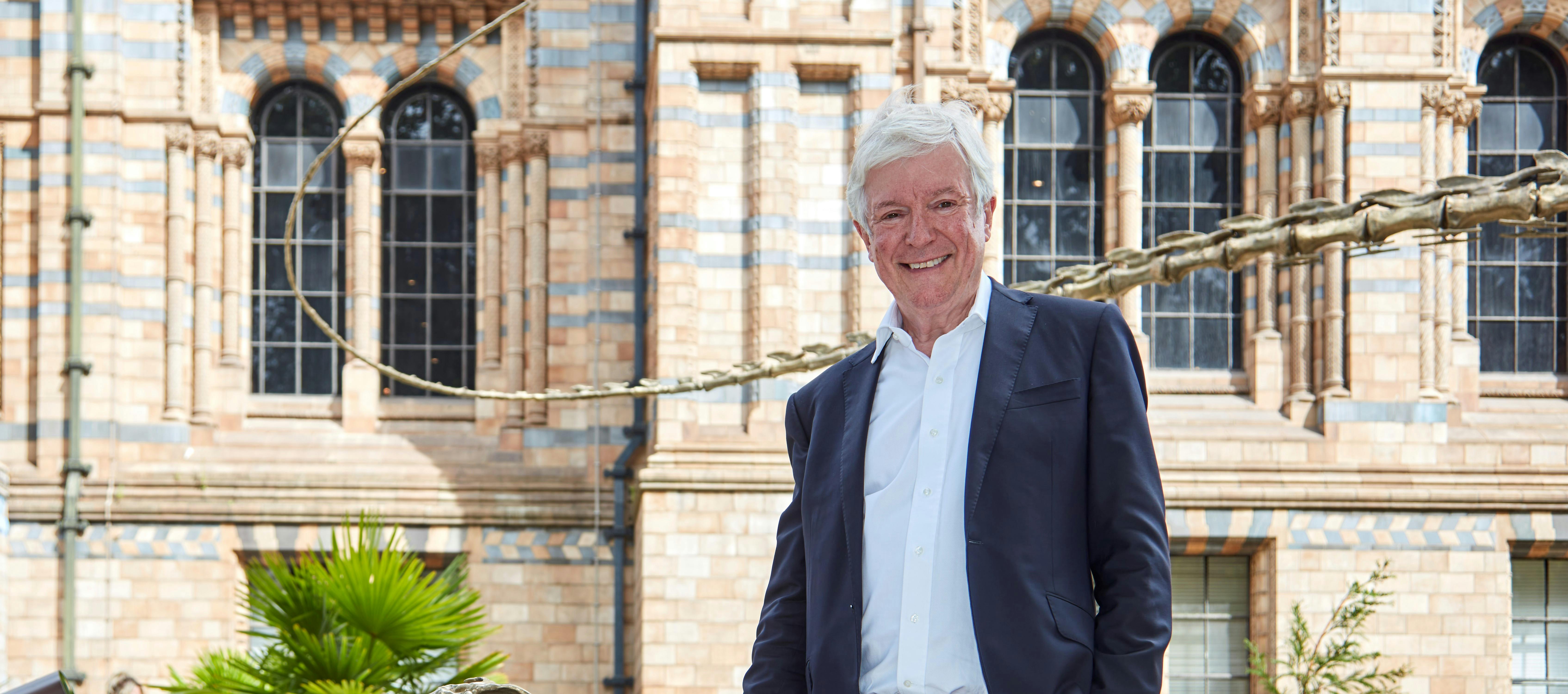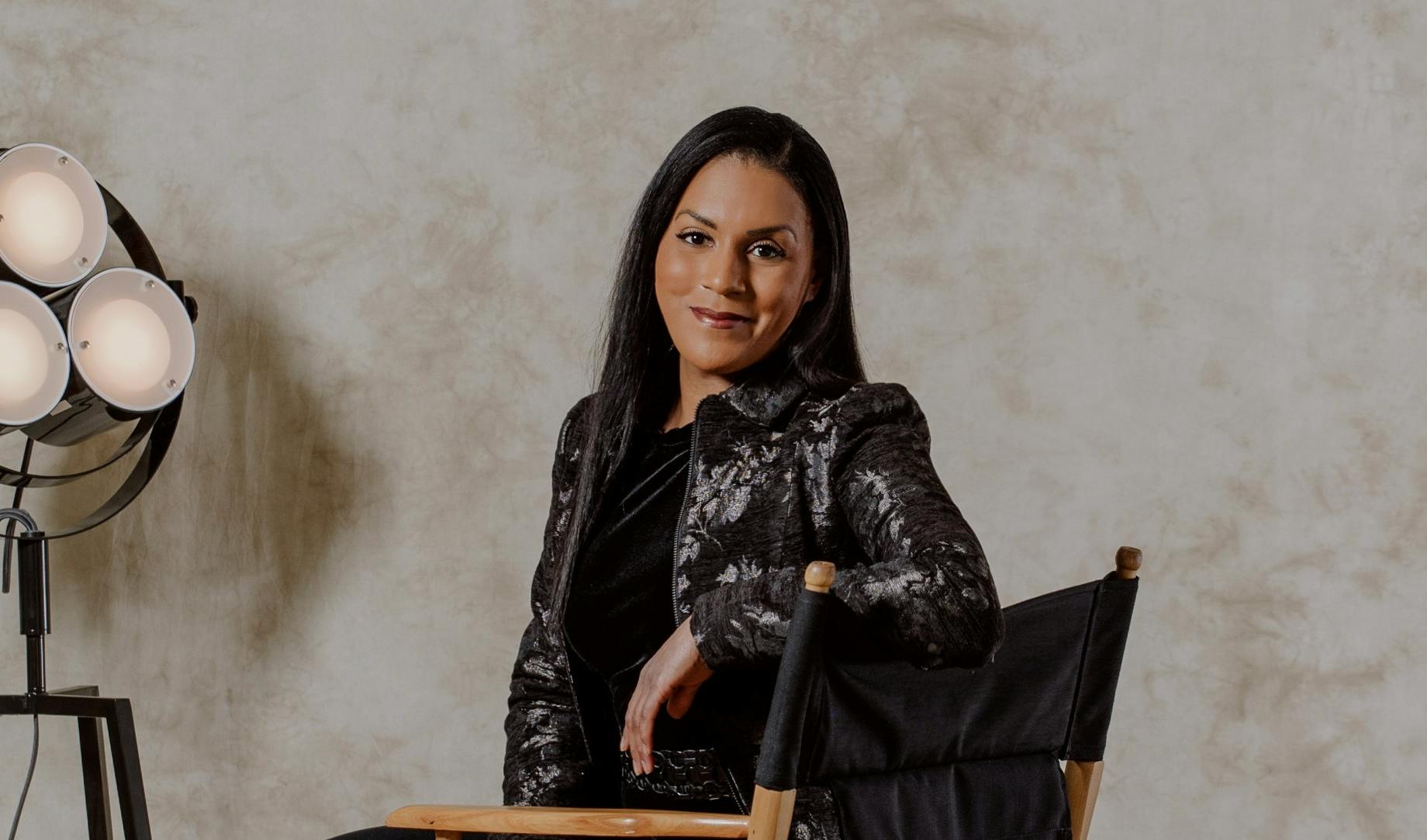
How to sit on a third sector board |Former Unilever Chair and CEO Niall FitzGerald in conversation with Susan Boster, MD of Boster Group Ltd
Niall FitzGerald, former Chair and CEO of Unilever, discusses with Susan Boster, Founder and MD of Boster Group Ltd, what it takes to sit on a third sector board, what he has learned from his experiences and his best advice for others embarking on their first role.
Formerly CEO and Chairman of Unilever, Niall FitzGerald KBE has an astonishing wealth and breadth of board positions to his name. He is currently chairing and in the past has chaired boards including Reuters, Hakluyt, the Leverhulme Trust, the British Museum, the Nelson Mandela Legacy Trust, International Business Council, Conference Board, and the Investment Climate Facility for Africa. He has also sat on boards including the Bank of Ireland, Ericsson, Merck, Prudential Corporation and the President of South Africa’s International Advisory Council, to list but a few. Niall was awarded an honorary Knight Commander of the British Empire in 2002, and in 2015 he received the Distinguished Service Award from the President of Ireland. Here he discusses the challenges of sitting on a third sector board and three things you should know before you do.
What boards do you currently sit on, and which have you been on in the past?
How much time do you have?! I chaired Unilever for many years, and Reuters, and served on the boards of Ericsson, Merck, Bank of Ireland, Prudential and too many private corporate companies to mention. In terms of not-for-profit, I have chaired The British Museum, Investment Climate Facility for Africa, the World Business Council, the Nelson Mandela Legacy Trust, the Leverhulme Trust, Smurfit Business School and more.
Why did you choose to join the board of a cultural organisation?
When I took on the role of CEO of Unilever, I said I would do it for 8 years to the day, and I decided to divide my post-CEO life into four areas: business, Africa, culture, and more time with my family. I took up the post of chair of Reuters at that time; Africa is a great love of mine and I was involved in several organisations there, including The Nelson Mandela Legacy Trust, and then out of the blue I was approached about the chairmanship of the British Museum. I had been involved in other cultural organisations but that was by far the biggest, most public and potentially political.
What are the key differences between your experiences on corporate boards and third sector boards?
One of the most notable differences in the third sector is a greater diversity of board members. Corporate boards draw on a narrower group of people, whereas almost by definition you have a far greater diversity of backgrounds on third sector boards. A benefit of this diversity is having a much wider universe of people to draw from, and a wider pool of talent to use and just very different perspectives. I was proud to put together a board at the British Museum of multiple nationalities and cross-gender, and that diversity was essential for an international organisation.
Secondly the motivation is different – it is not motivated by money or corporate success, but (largely) by real commitment to the sector, the institution or both.
What are the key qualities for a good board member in the arts/charity sector?
You have to have real interest in the sector – there is no point in doing it for the prestige or because you think it will be good on your CV. If it is not something for which you have a true passion you will be a poor director.
As a board member, you need to bring independence of mind; you need to be supportive but also willing to question the institution and the executive. You also need relevant experience, not so much in the sector but in the issues they are currently facing. For example, at the British Museum we were launching a campaign to raise £200m for the conservation centre and new exhibitions centre and I had no one on the board with real experience in major contractual work, and so I invited George Iacobescu of Canary Wharf to join us and work on this issue.
Another essential quality is to be interested in the institution, and not for political reasons. One of the biggest battles at the British Museum was keeping the political establishment from imposing its own appointments to the board, and I dealt with six different Secretaries of State. I would refer them to the British Museum Act and tell them if they wanted that power they would have to pass through a new Act of Parliament. This is why you need a truly independent chair who cannot be swayed by promises or threats.
What is the most unexpected lesson you have learned from your experience on third sector boards that you have then used for your NED/similar positions?
A learning that was not unexpected but rather reinforced is the truly unique value of great diversity and participation from different kinds of people, and the richness that you draw from that.
You can find unexpected talent if you search for it and sometimes it just appears – there are people who on paper are not obvious contributors to a board, but if you take time to figure out why they have been successful in their fields you can find unusual and multi-talented people to serve.
What is the biggest challenge your arts/culture/charitable organisations are facing right now?
There are several: money, quality of people, inappropriate government interference, and risk taking – with so much in the public eye, it is difficult to get organisations to take appropriate risk but overly prudent organisations do not move forward the way that they should.
One of the concerns in that area when I chaired the British Museum was the relationship with BP, which we robustly defended. And I sat down with many of the activists, personally, and said that until they could tell me they would never travel by plane, train, car or turn on lights at home, then they are not being consistent to say that we should not touch any money from a company in the energy sector.
When have you gotten it wrong, and what did you learn?
At times I have been too cautious about change. Third sector organisations are often more ready for change than you think they are.
Compromising on people – and this is not just in the third sector but at any organisation – will never end well. If you compromise on the quality of the people you appoint, you will live to regret it. I would rather keep the position open and do the work myself until I find the right person.
What is your advice to someone joining their first board in any sector?
You have to love the sector – if you don’t love it and are not really interested do not get involved, as particularly in the third sector you will not give enough commitment. Rather wait until you find something that does engage you.
Secondly, however much time they tell you the role will take up, multiply it by 3 or 4, and then ask yourself if you are willing to invest that amount of time.
Thirdly, invest time in getting to understand the granularity of the institutions and people in the sector.
Finally remember the principle of tough love, or to put it a clichéd way ‘caring confrontation’. If people aren’t performing well, you have to confront the situation, and unless you do that you are not truly caring for the people and the organisation.
Susan Boster is the founder and Managing Director of Boster Group Ltd. an independent marketing consultancy that creates innovative brand partnerships for global corporations and cultural institutions to achieve business and social impact goals. Current and recent clients include BNP Paribas, Montblanc, Insight Investment, Moët Hennessy, AMEX, Gap Inc., Credit Suisse, Bacardi, EY and Disney. Boster Group shapes partnerships on the basis of shared values, untapped assets and complementary capabilities. Distinctly, Boster Group measures return on investment for its clients and is focused on the impact of the creative campaigns it develops. Previously a CMO for News International, Susan is currently on the boards of English National Ballet, Donmar Warehouse, The Representation Project, and serves on the Enterprise Committee at The Design Museum.






